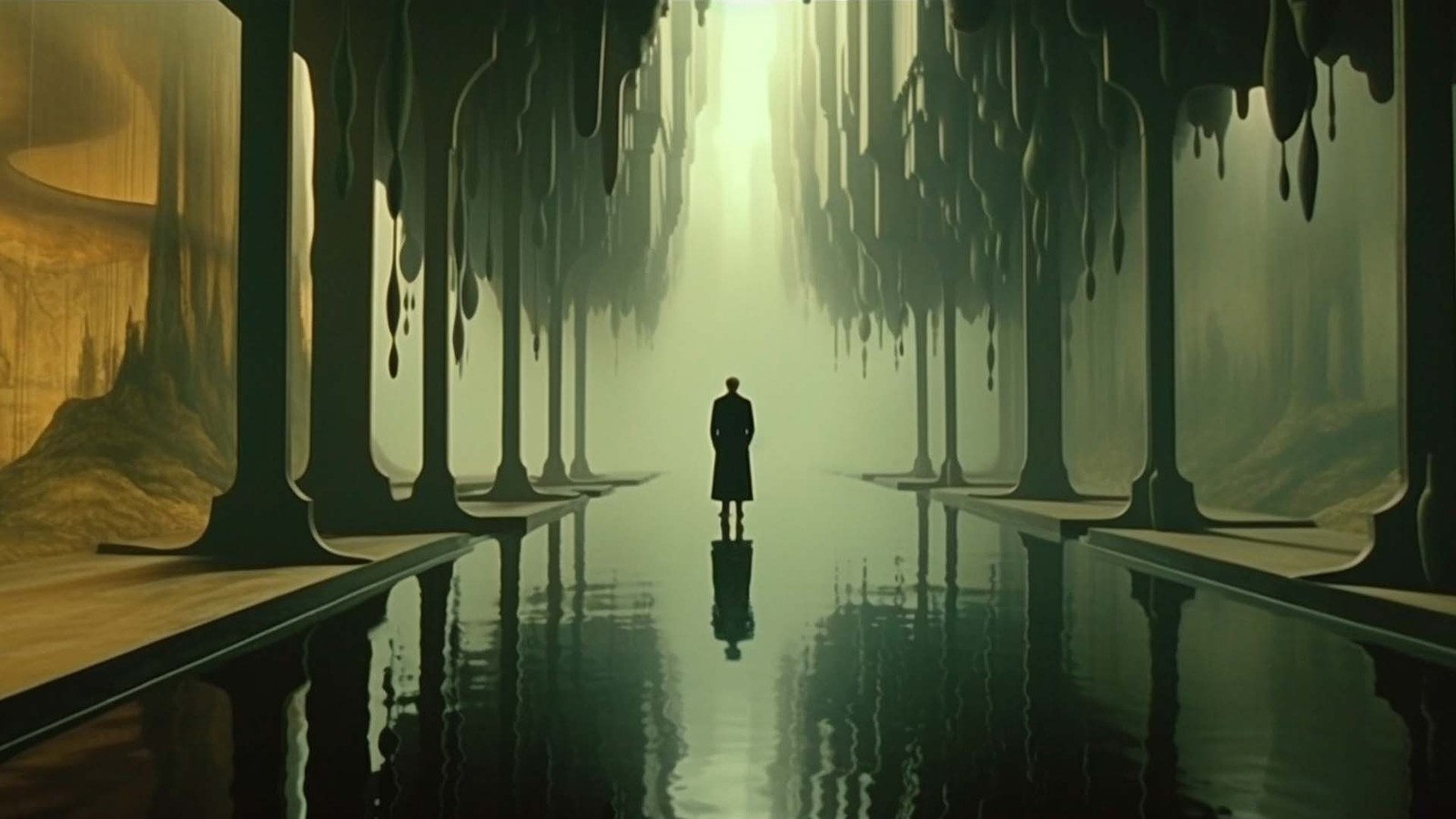Understanding pre-visualization: A key component of film budgeting
Film production is a multifaceted process, combining the intricate art of storytelling with the logistics of budget management.


A cornerstone in this complex matrix is pre-visualization, a forward-thinking approach that plots out visual sequences and significantly impacts film budgeting.
Understanding pre-visualization in film production
In the vast realm of film production, pre-visualization is a vital preparatory step. It refers to the process where filmmakers generate preliminary renditions of scenes using digital tools, which help in visual planning. These preliminary sketches give a clear vision of various elements of production such as set design, cinematography, and special effects, providing a glimpse of the final product before the cameras start rolling.
The influence of pre-visualization on film budgeting
Pre-visualization has a direct bearing on film budgeting. It allows for early cost estimation during the pre-production phase. With a tentative visual plan in place, filmmakers can spot potential budgetary challenges, like expensive special effects or demanding stunts. The role of pre-visualization in film budgeting becomes evident at this juncture. By pre-visualizing scenes, filmmakers can make informed decisions about resource allocation and production costs, contributing to efficient budget management.
Platforms like Filmustage have developed advanced tools to aid this process. Filmustage's visual references search feature helps directors and cinematographers find the right visual language, enhancing pre-visualization and its impact on film budgeting.
Pre-visualization techniques and software tools
There's a variety of pre-visualization techniques utilized in film production, and specialized software tools often aid these. Here's a closer look at some of these techniques and the tools that facilitate them:
Storyboarding
This is the most basic form of pre-visualization, often serving as the initial step in laying out a film's visual narrative. Storyboarding involves drawing the scenes of a film in a sequence to give a rough idea of how the narrative will unfold visually. Traditional artists might do this on paper, but software like Storyboarder and Toon Boom Storyboard Pro are excellent tools that digitize this process, allowing for easy revisions and sharing.
Animatics
A step beyond static storyboards, animatics are essentially moving storyboards. They provide a rough idea of the film's pacing, camera movements, and transitions. Tools like Adobe After Effects are often used to create animatics, providing filmmakers with a more dynamic look into their narrative compared to static storyboards.
3D Pre-Visualization
This technique creates a three-dimensional digital model of scenes, complete with characters, sets, and camera movements. 3D pre-visualization provides a more immersive and detailed view of what to expect during actual production. Software like Autodesk's Maya or 3D Studio Max, along with previs-specific software like Previs Pro, are often used for creating these intricate 3D mock-ups.
Virtual Reality
The newest frontier in pre-visualization, Virtual Reality (VR) allows directors and cinematographers to step into their scenes before they exist in the physical world. By using VR headsets, they can walk through their sets, check camera angles, and even block actors. Tools like Unity and Unreal Engine are often used to create these immersive pre-visualizations.
Each of these techniques, facilitated by innovative software tools, plays a crucial role in refining the visual planning process, ultimately aiding in successful budget management in film production. Understanding and applying these pre-visualization techniques can greatly enhance a film's financial and creative success.
Case studies: Successful pre-visualization and budgeting in film production
An independent sci-fi film called "Skyline" (2010) made use of pre-visualization techniques to keep costs under control. The movie had a budget of around $10 million, a fraction of what big studio films spend. According to reports, around 10% of that budget was allocated for pre-visualization, aiding the filmmakers in maximizing the use of their limited resources.

There are numerous instances throughout filmmaking history where pre-visualization considerably impacted budget management and the ultimate success of films.
For instance, "Star Wars: The Phantom Menace" (1999) by George Lucas used extensive pre-visualization techniques. Despite having a multitude of visual effects, the film remained financially efficient, validating the role of visual planning in cost estimation.

On a different note, the production of the independent film "Moon" (2009) by Duncan Jones stands out. Given the limited budget, pre-visualization played a crucial role in creating the film's unique lunar environment and mitigating production costs. The final result was a critically acclaimed film that was financially viable, despite its ambitious vision and limited resources.

Conclusion
In conclusion, pre-visualization's role in successful budget management in film production cannot be overstated. As filmmakers strive to weave captivating stories within financial constraints, tactics like pre-visualization become indispensable.
By constructing a visual storyboard ahead of actual production, filmmakers can effectively manage resources, which in turn positively influences financial planning. Advanced tools like Filmustage's visual references search further enhance this process, making pre-visualization an even more powerful tool in balancing the art and commerce of filmmaking. It plays an integral role in navigating a film from a conceptual idea to a financially and artistically successful endeavor.